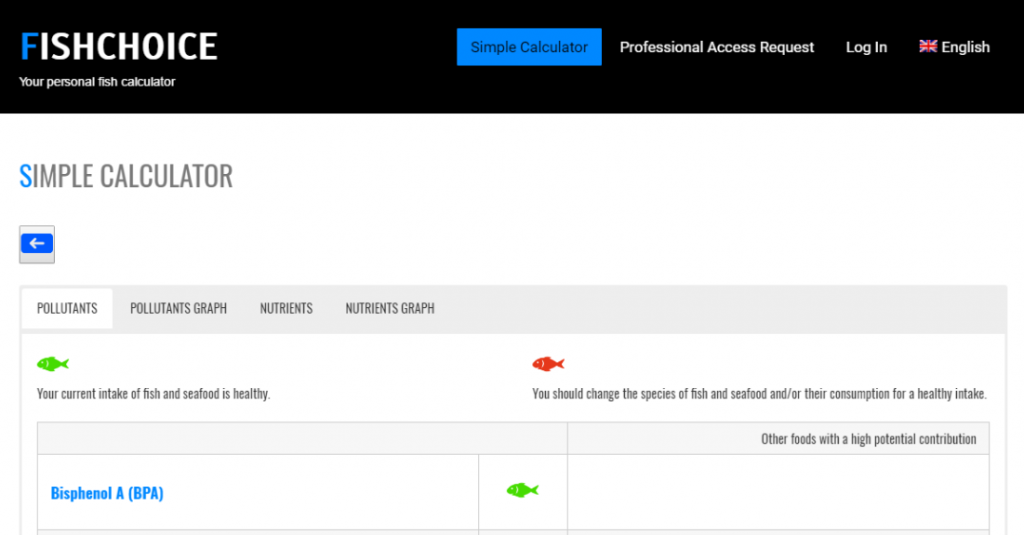Like most people, you probably like seafood. Not only does it taste good but seafood provides healthy amounts of protein, vitamins, minerals, and omega-3 polyunsaturated fatty acids. The latter is particularly important since consumption of these fatty acids is linked to reduced risk of cardiovascular disease. That’s why international health agencies recommend 1-2 servings of fish each week. What’s not to like?
According to some people, what’s not to like is that seafood may contain unhealthy amounts of certain environmental contaminants. Should we risk our health by eating seafood that may contain trace levels of a potentially harmful contaminant, or do we avoid the contaminant and risk our health by missing out on essential nutrients?
Thanks to a new on-line tool named FishChoice, we can make an informed choice. The tool is a result of a European Union funded project aimed at assessing food safety issues related to various contaminants in seafood and their impact on human health. One of the contaminants is bisphenol A (BPA), which has been reported to be present at trace levels in various types of seafood.
There’s quite a bit going on behind the scenes to ensure scientifically defensible answers, but the tool is easy for consumers to use. Weekly intakes are individually customized for specific consumption patterns (i.e., 24 types of fresh and canned seafood, up to 7 servings of 3 portion sizes, 8 demographic profiles), which allows consumers to make rational decisions on whether and how to change their consumption patterns.
Using BPA as an example, I queried FishChoice about BPA intake for a child eating 80 grams of canned tuna every day. Shown below is the simple graphical answer showing a green fish, which indicates that the intake is healthy. If it were not, a red fish would have been displayed.

In addition to the graphical answer, the Pro version of FishChoice, which is available upon request, includes data on the actual intake and the health-based guidance value used to determine whether an intake is healthy or whether changes to the consumption pattern should be made. Both versions also report intake of key nutrients in comparison with recommended levels.
Since I really like seafood, I wondered how much seafood I could eat before hitting the limit for BPA intake. In the Pro version, I selected the maximum amount of seafood possible – 7 servings per week of all 24 seafood types in each serving size, or 504 servings. From the result showing that I’m still well below the limit, I calculated that I’d have to eat more than 5,400 pounds of seafood per week to hit the safe intake limit for BPA, or about 775 pounds of seafood per day.
Burp!





